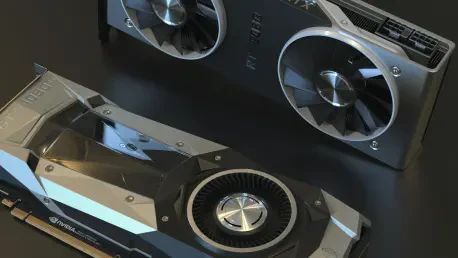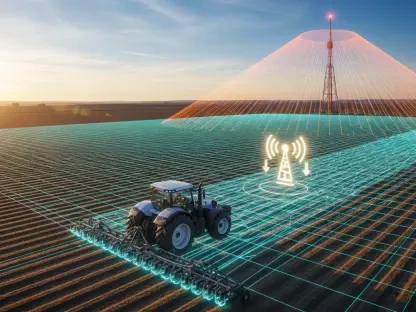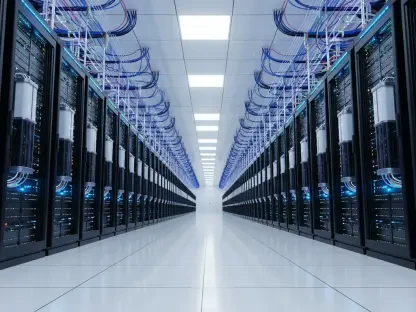I’m thrilled to sit down with Vladislav Zaimov, a seasoned telecommunications specialist with deep expertise in enterprise telecommunications and risk management of vulnerable networks. Today, we’re diving into the recent acquisition of Atero by Crusoe, a pioneering company in AI infrastructure. Vladislav offers a unique perspective on how this strategic move impacts the industry, from advancements in GPU management to the broader implications for AI cloud services. Our conversation explores the motivations behind the acquisition, the technological synergies at play, the significance of vertical integration, and the exciting expansion into the Middle East with a new office in Tel Aviv.
How did Crusoe identify Atero as the right partner for this acquisition, and what made them stand out?
From what I understand, Crusoe was looking for a partner that could enhance their capabilities in AI infrastructure, specifically in GPU management. Atero’s focus on memory optimization and their proprietary technology for improving GPU utilization likely caught Crusoe’s eye. What stands out is how Atero’s expertise aligns perfectly with Crusoe’s mission to build efficient, high-performance AI cloud services. Their team’s deep technical background in high-performance computing also adds significant value, making this a strategic fit for accelerating Crusoe’s goals.
Can you walk us through how Atero’s technology enhances GPU performance for AI workloads in simple terms?
Absolutely. Atero’s technology focuses on optimizing how GPUs handle memory and resources during AI tasks, like training large language models. Think of it as making sure the GPU is always working at its peak by having data ready exactly when and where it’s needed. This reduces downtime and bottlenecks, so the GPU can process more tasks faster and more reliably. For Crusoe, this means their cloud platform can offer better speed and efficiency to customers running complex AI workloads.
What does maximizing GPU utilization mean for customers in practical terms, and how does it benefit them?
Maximizing GPU utilization is all about getting the most out of the hardware. For customers, this translates to faster processing times for their AI projects and the ability to handle larger, more demanding tasks without needing additional resources. It also means cost savings because they’re not paying for idle compute power. Essentially, Crusoe’s customers get better performance and more bang for their buck, which is critical in a field where compute costs can skyrocket.
Why is vertical integration such a big deal for the future of AI infrastructure, and how does this acquisition play into that vision?
Vertical integration means controlling more parts of the supply chain and technology stack, from hardware to software, under one roof. In AI infrastructure, this is huge because it allows for tighter optimization and efficiency—every layer works seamlessly together. Crusoe’s acquisition of Atero brings specialized GPU management into their ecosystem, enhancing their ability to deliver a unified, high-performance platform. This kind of integration can set a new standard in the market, reducing fragmentation and driving down costs while boosting reliability.
What’s the significance of Crusoe setting up their first Middle East office in Tel Aviv, and what advantages does this location offer?
Establishing an office in Tel Aviv is a smart move for Crusoe. The city is a hub for tech innovation, with a wealth of talent in AI, software development, and high-performance computing. It’s also strategically positioned to serve customers across the Middle East, Europe, and beyond. This location gives Crusoe access to a skilled workforce and a vibrant startup ecosystem, which can fuel further innovation. Plus, it strengthens their ability to tailor solutions for regional markets and build closer relationships with global partners.
How does the addition of Atero’s team strengthen Crusoe’s engineering capabilities, and what unique skills do they bring?
Atero’s team brings a highly specialized skill set in low-level, high-performance computing infrastructure, particularly in GPU optimization. This is a niche area that requires deep technical know-how, and their experience can significantly boost Crusoe’s engineering efforts. They’re likely to contribute fresh perspectives and innovative approaches to solving complex challenges in AI workloads. Integrating such talent into Crusoe’s team means faster development of cutting-edge managed AI services and a stronger competitive edge.
What are some of the biggest challenges in the AI infrastructure space today, and how does this acquisition help address them?
One of the biggest challenges in AI infrastructure is balancing performance with efficiency. GPUs are incredibly powerful but expensive to run, and ensuring they’re utilized effectively while keeping energy consumption in check is tough. There’s also the issue of scalability—building systems that can handle massive growth in AI demand. This acquisition helps by integrating Atero’s optimization technologies into Crusoe’s platform, which tackles both utilization and efficiency head-on. It’s a step toward creating infrastructure that can scale sustainably while meeting the intense needs of modern AI applications.
What is your forecast for the future of AI infrastructure, especially with moves like this shaping the industry?
I believe we’re heading toward a future where AI infrastructure becomes more integrated and specialized. Companies like Crusoe, through acquisitions like Atero, are paving the way for platforms that are not just powerful but also incredibly efficient and user-focused. We’ll likely see more consolidation in the industry as firms aim to control the full stack, from hardware to software, to deliver seamless experiences. Energy efficiency will also become a bigger focus as sustainability concerns grow. Overall, I expect rapid innovation, with vertically integrated players leading the charge in making AI more accessible and cost-effective for everyone.









